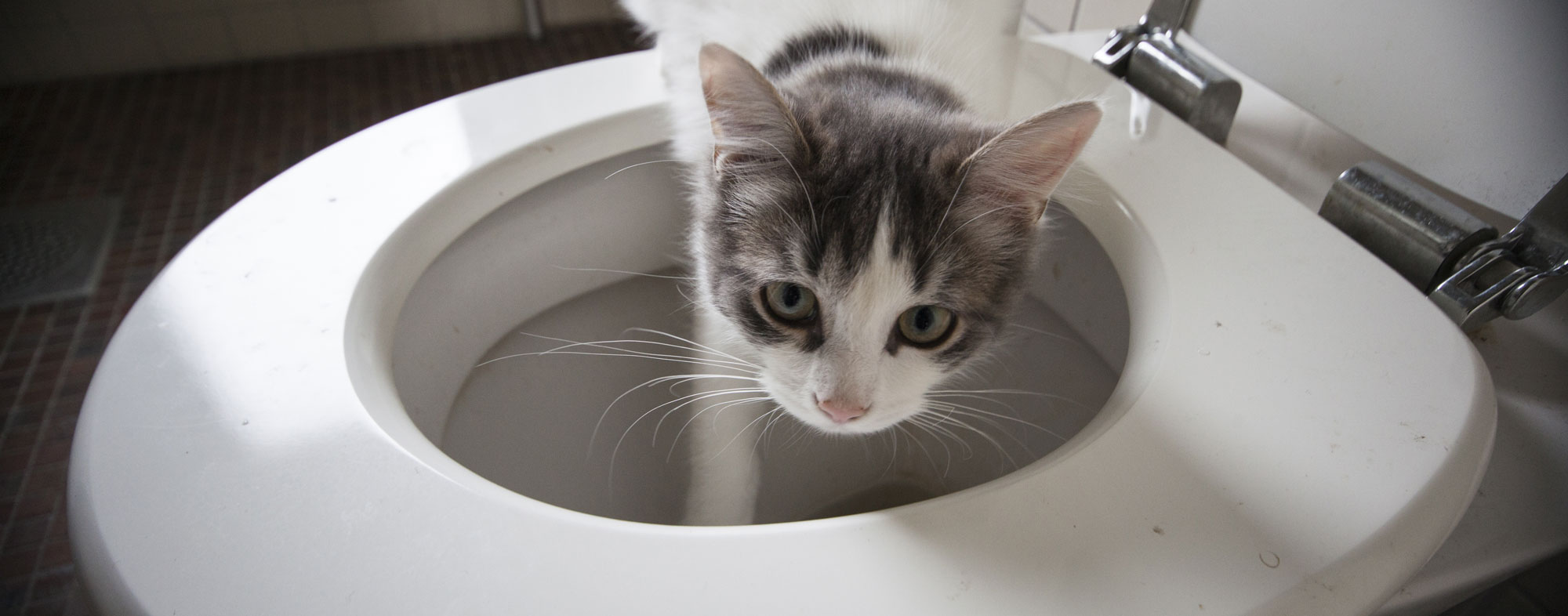The Risks of Flushing Cat Poop in Your Toilet - Preventive Steps
The Risks of Flushing Cat Poop in Your Toilet - Preventive Steps
Blog Article
This post down below pertaining to Can You Flush Cat Poo or Litter Down the Toilet? is without a doubt attention-grabbing. Read it yourself and see what you think about it.

Introduction
As cat owners, it's important to be mindful of just how we deal with our feline buddies' waste. While it may appear convenient to flush pet cat poop down the commode, this practice can have destructive consequences for both the atmosphere and human wellness.
Alternatives to Flushing
The good news is, there are more secure and more accountable ways to get rid of feline poop. Think about the complying with alternatives:
1. Scoop and Dispose in Trash
The most common method of disposing of cat poop is to scoop it into a biodegradable bag and toss it in the garbage. Be sure to use a committed litter scoop and take care of the waste promptly.
2. Usage Biodegradable Litter
Opt for eco-friendly feline litter made from products such as corn or wheat. These trashes are environmentally friendly and can be safely disposed of in the garbage.
3. Hide in the Yard
If you have a yard, consider hiding cat waste in a designated location far from veggie gardens and water resources. Make sure to dig deep sufficient to prevent contamination of groundwater.
4. Set Up a Pet Waste Disposal System
Buy a family pet garbage disposal system specifically designed for cat waste. These systems utilize enzymes to break down the waste, minimizing smell and environmental impact.
Health Risks
Along with ecological problems, flushing feline waste can also position wellness threats to human beings. Pet cat feces may consist of Toxoplasma gondii, a parasite that can trigger toxoplasmosis-- a potentially serious illness, especially for pregnant ladies and people with damaged body immune systems.
Ecological Impact
Flushing pet cat poop introduces hazardous microorganisms and parasites into the water, posing a substantial risk to water ecosystems. These impurities can adversely influence aquatic life and concession water high quality.
Final thought
Accountable family pet ownership expands beyond providing food and shelter-- it likewise involves correct waste administration. By avoiding flushing pet cat poop down the commode and choosing different disposal approaches, we can minimize our environmental footprint and safeguard human health.
Why You Should Never Flush Cat Poop Down the Toilet
A rose by any other name might smell as sweet, but not all poop is created equal. Toilets, and our sewage systems, are designed for human excrement, not animal waste. It might seem like it couldn’t hurt to toss cat feces into the loo, but it’s not a good idea to flush cat poop in the toilet.
First and foremost, assuming your cat uses a litter box, any waste is going to have litter on it. And even the smallest amount of litter can wreak havoc on plumbing.
Over time, small amounts build up, filling up your septic system. Most litter sold today is clumping; it is made from a type of clay that hardens when it gets wet. Ever tried to scrape old clumps from the bottom of a litter box? You know just how cement-hard it can get!
Now imagine just a small clump of that stuck in your pipes. A simple de-clogger like Drano isn’t going to cut it. And that means it’s going to cost you big time to fix it.
Parasitic Contamination
Believe it or not, your healthy kitty may be harboring a nasty parasite. Only cats excrete Toxoplasma in their feces. Yet it rarely causes serious health issues in the cats that are infected. Most people will be fine too if infected. Only pregnant women and people with compromised immune systems are at risk. (If you’ve ever heard how women who are expecting are excused from litter cleaning duty, Toxoplasma is why.)
But other animals may have a problem if infected with the parasite. And human water treatment systems aren’t designed to handle it. As a result, the systems don’t remove the parasite before discharging wastewater into local waterways. Fish, shellfish, and other marine life — otters in particular — are susceptible to toxoplasma. If exposed, most will end up with brain damage and many will die.
Depending on the species of fish, they may end up on someone’s fish hook and, ultimately on someone’s dinner plate. If that someone has a chronic illness, they’re at risk.
Skip the Toilet Training
We know there are folks out there who like to toilet train their cats. And we give them props, it takes a lot of work. But thanks to the toxoplasma, it’s not a good idea.

I hope you enjoyed our excerpt on Don’t flush cat feces down the toilet. Thank you for finding the time to read our piece. Be sure to take the opportunity to distribute this write-up if you liked it. We thank you for reading our article about How to Dispose of Cat Poop and Litter Without Plastic Bags.
Call Today Report this page